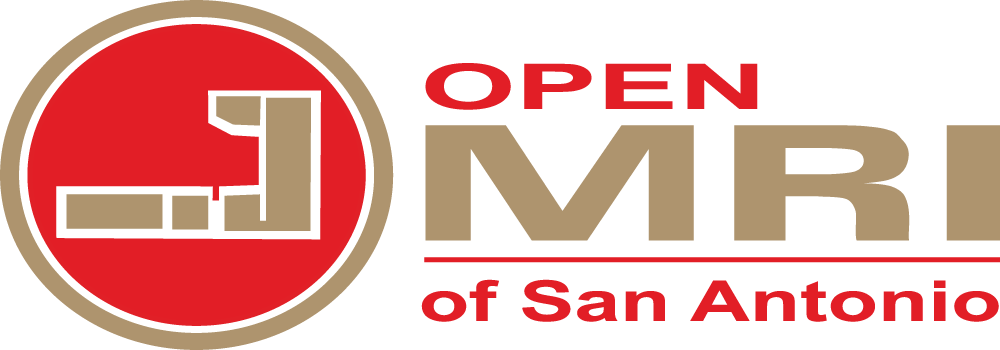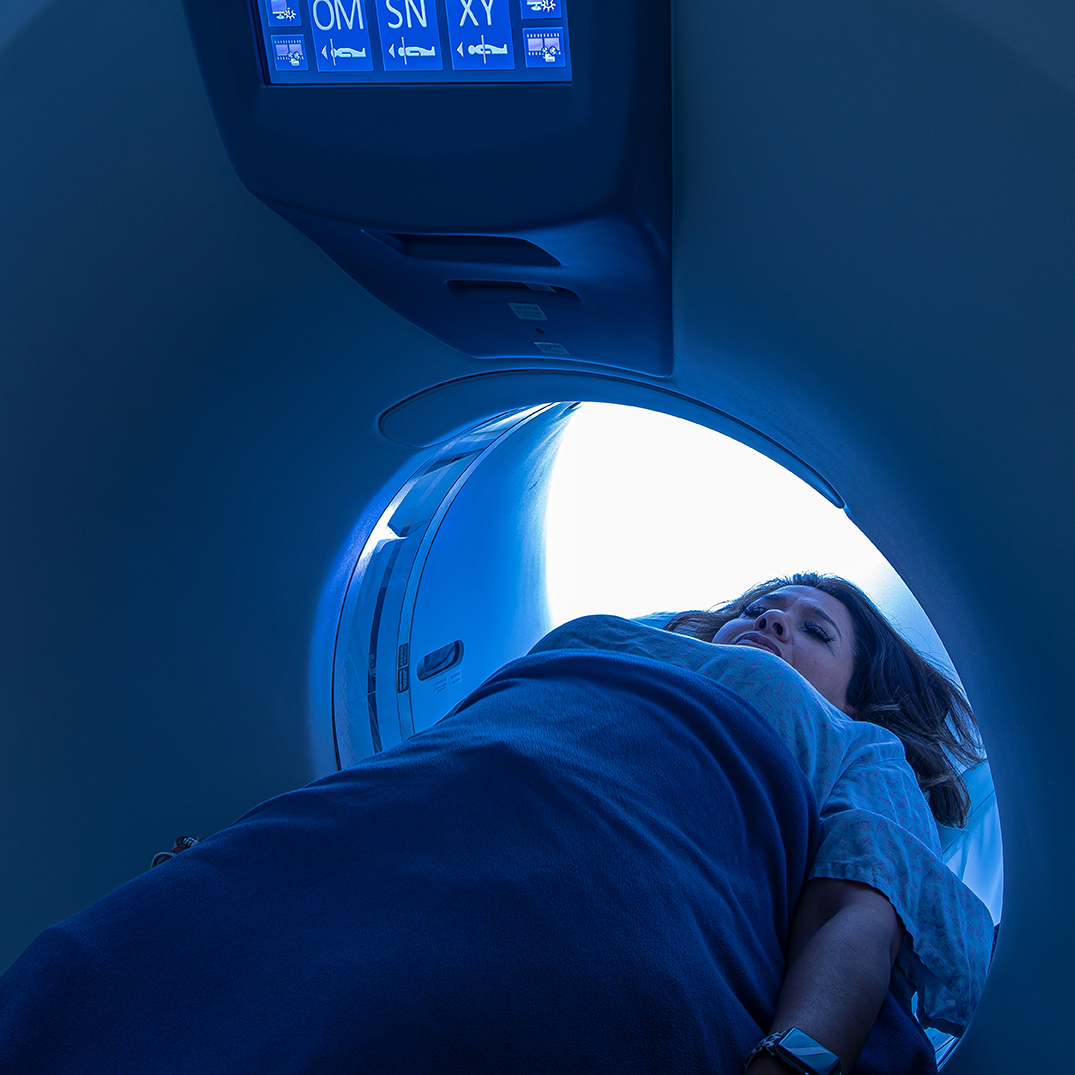1
BENEFITS OF OPEN MRI FOR ALL PATIENTS
A CT scan — also called computerized tomography or just CT — combines a series of X-ray views taken from many different angles to produce cross-sectional images of the bones and soft tissues inside your body.
The resulting images can be compared to a loaf of sliced bread. Your doctor will be able to look at each of these slices individually or perform additional visualization to make 3-D images. CT scan images provide much more information than do plain X-rays.
2
Exam Prep
How you prepare for a CT scan depends on which part of your body is being scanned. You may be asked to remove your clothing and wear a hospital gown. You’ll need to remove any metal objects, such as jewelry, that might interfere with image results.
Contrast material – contrast material is needed for some CT scans, to help highlight the areas of your body being examined. The contrast material blocks X-rays and appears white on images, which can help emphasize blood vessels, bowel or other structures.
Contrast material can enter your body in a variety of ways.
• Oral. If your esophagus or stomach is being scanned, you may need to swallow a drink that contains contrast material.
• Injection. Contrast agents can be injected into an intravenous line, to help view your gallbladder, urinary tract, liver or blood vessels. You may experience a feeling of warmth during the injection, or a metallic taste in your mouth.
To properly visualize some areas, you may need to fast for a period of time beforehand.
3
What to expect
Even faster than an MRI, CT scans take just about 10 to 30 minutes. You will remove jewelry, belts, and other metal objects, and depending upon the part being scanned, you may be asked to change into a gown or robe. Some types of CT scans also require a contrast dye, which can be given as a drink or an injection. This dye appears bright white on your final images, helping doctors to differentiate between different types of tissue. If your CT scan does require a contrast dye, you may be asked to fast for a few hours before your exam. The contrast will pass out of your body in your urine. During the scan, you’ll usually lie on your back on a flatbed that passes into the CT scanner. The scanner consists of a ring that rotates around a small section of your body as you pass through it. Unlike an MRI scan, the scanner does not surround your whole body at once, so you should not feel claustrophobic. The technician will be operating the scanner from the next room and is immediately available at all times and you will be in full view of the technologist by means of a window during the exam. While the scan is taking place, you will be able to hear and speak to them through an intercom. While each scan is taken, you will need to lie very still and breathe normally to endure that the scanned imaged are not blurred. You may be asked to breathe in, breathe out, or hold your breath at certain points. After the scan, you may resume regular activities.
cONTACT us
Open MRI
Open MRI of San Antonio
PACS login can only be opened using Chrome or Edge browser

